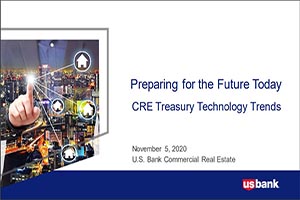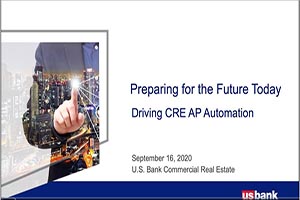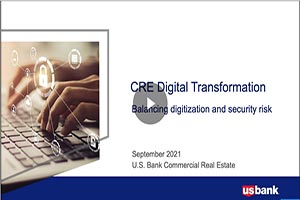Choosing the right custodian
When it comes to invested securities, your advisor can use one of two platforms to manage your assets: a brokerage firm or a bank custodian. To make an educated decision, you should be aware of the following facts:
- First, bank custodians hold six times more assets than brokerage firms. Banks are generally the choice of institutions, municipalities and sophisticated high net worth investors.
- Second, while discount brokerage firms present a strong attraction to cost-conscious retail investors, their advertised claims of “zero fees” or “lower rates” don’t always paint a complete picture of what to expect.
Here are several other items you should consider when weighing the risks and benefits of a custodian vs. a brokerage firm.
Fee transparency
If a service is free, you’re not the customer; you’re the product.
Most banks charge a market-value or transaction-based custody fee. At U.S. Bank, we believe this fee should be straightforward and simple to calculate.
Broker-dealers may or may not charge a custody fee. In addition, they can generate compensation from numerous activities associated with your account. Some of these include: trade order routing, bid-ask spread, margin lending, sub-transfer-agent fees, “trade away” fees, fees from proprietary mutual funds and ETFs and more. Sometimes these fees are visible, and other times they’re obscured into a lower investment return.
As a general rule, banks won’t do the following:
- Require you to purchase other revenue-producing products
- Earn revenue by making a market in the securities you’re purchasing and selling
- Lend your securities to other clients or firms
Asset safety
Both banks and brokers can act as a custodian, but different rules and standards apply to how assets are held. Sophisticated investors rely on banks for safe custody and broker-dealers for trade execution.
Banks: Assets held in nominee name
- Assets held in nominee name don’t require insurance because they aren’t leveraged by or comingled with the assets of the underlying financial institution.
- Your securities aren’t included in the bank’s balance sheet.
Brokers: Assets held in street name
- Regulations require broker-dealers to be insured by the Securities Investor Protection Corporation (SIPC) for assets held in street name. (The SIPC was created specifically to protect investors from the endemic risks of using broker-dealers to custody assets.)
- Your assets may be comingled with and held in the name of the broker-dealer as an asset included on the company balance sheet.
- Securities are often lent to other financial institutions or short sellers.
Freedom and flexibility
When you choose to use a broker-dealer for custody, they’ll almost always require you to use them for trade execution as well. Banks typically offer custody as a stand-alone product, which means more freedom to choose products and providers.
Agility is one of the key benefits to separating trade execution from custody. You (or your advisor) are welcome to trade with any broker-dealer you’d like, and all trades are settled into your custody account free of charge. You’ll benefit from your advisor’s flexibility to do the following:
- Execute block trades that settle into multiple custody accounts, eliminating countless transaction fees
- Utilize multiple broker-dealers to find the best execution on every trade
- Create a broker-dealer network of strategic partnerships to maximize the soft-dollar benefits of trading
The investing world is moving toward more alternative investments and securities that aren’t traded on an exchange. Broker-dealers, because of their connection to the exchanges, are generally less willing to hold alternative assets. And when they do, it’s usually with one or both of the following caveats:
- They’ll charge a higher fee.
- They’ll require investors to submit their alternative asset for approval on the platform – a tedious, time-consuming process.






























































































